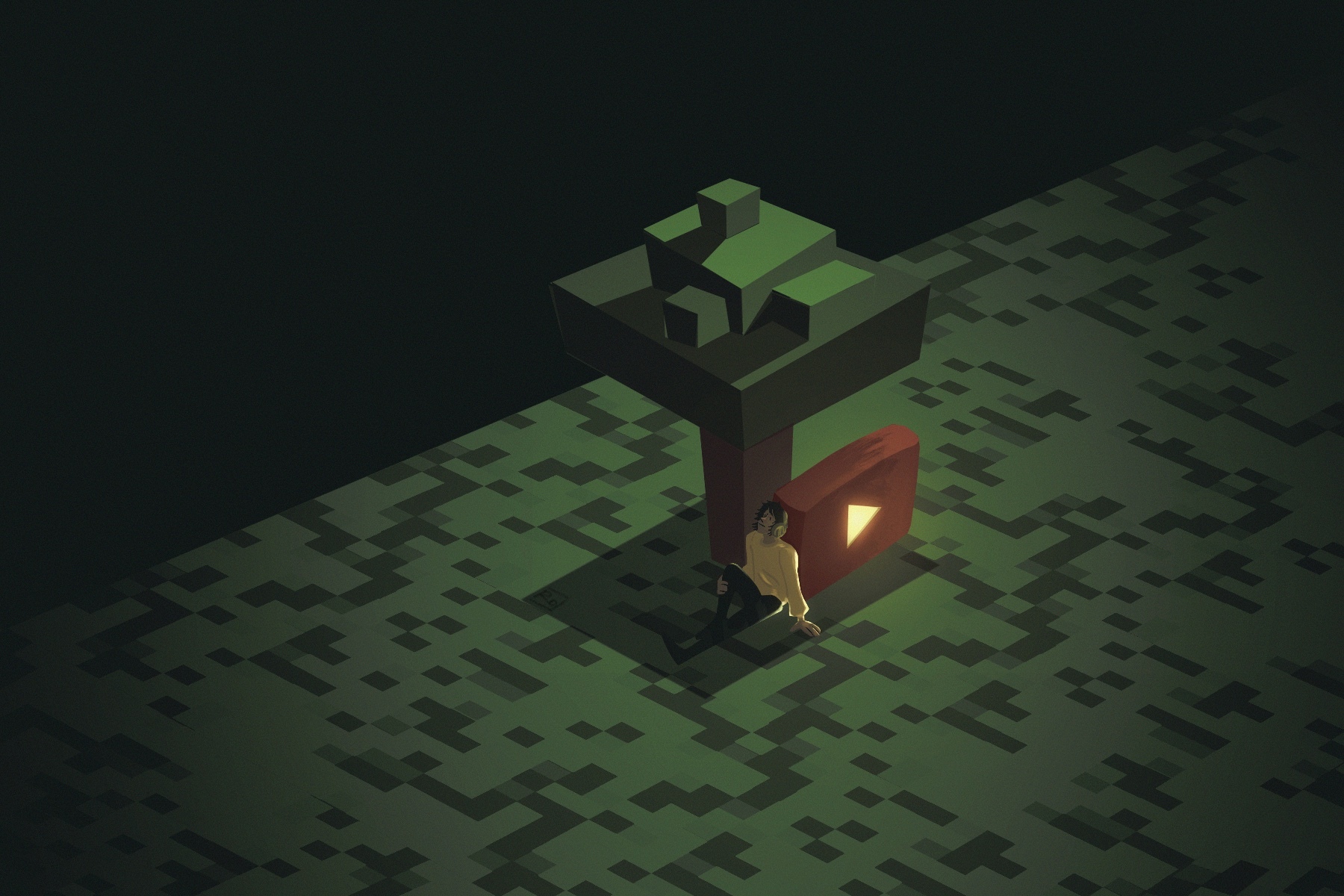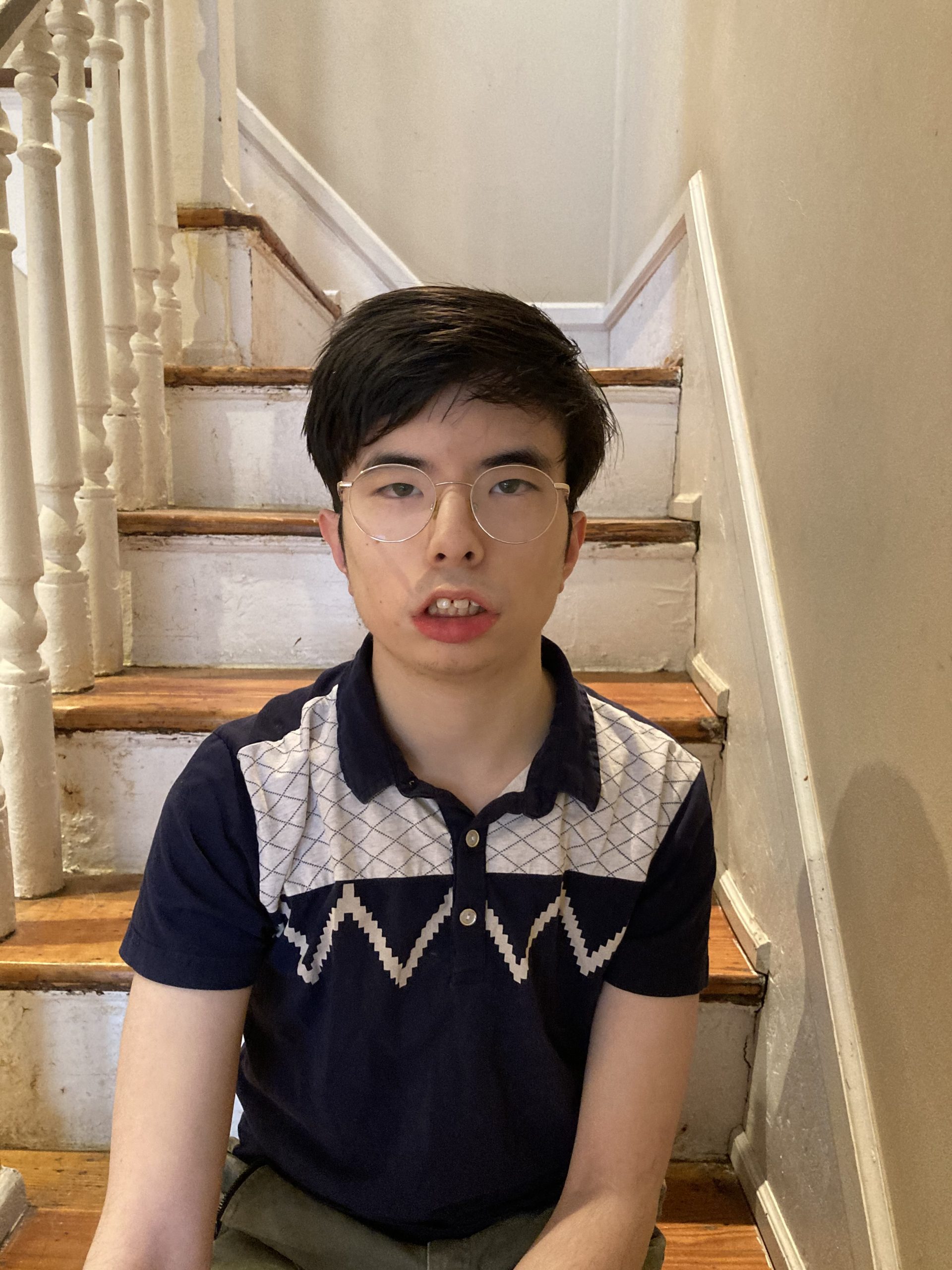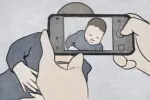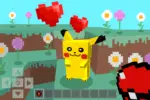With more than 200 million copies sold, Minecraft is the best-selling video game of all time. Its cultural impact is undeniable, and it has resurged in popularity multiple times since its release in 2011. Such popularity has understandably translated into a significant presence on the internet, specifically on Minecraft YouTube (MCYT) and Twitch. Minecraft YouTubers frequently amass millions of subscribers — mostly teenagers and young children — by creating content that is not only fun to consume but is also designed to foster emotional investment in the content creators.
This deliberate effort to create an emotional connection is perhaps most apparent in the fan communities (or “fandoms”) of Minecraft live-streamers, including DreamWasTaken (often shortened to Dream), TommyInnit and other members of MCYT. However, these emotional attachments can be particularly harmful to the YouTubers’ audiences because of their young age and can lead to the formation of so-called parasocial relationships.
Parasocial Relationships and MCYT
For as long as there have been celebrities, people have formed irrational attachments to them. Before the internet was prevalent and accessible to the majority of people, people would build shrines to their idols and closely follow news stories and gossip columns about their exploits. But as technology and celebrity culture has evolved, it has become easier to follow a celebrity or other public figure through almost every step of their day. This kind of close attachment can lead people to believe that they know these celebrities on a deep and personal level, even though all they really know about them is their most basic projected public image.
A one-sided relationship with a public figure where the relationship is imagined as one of mutual respect and benefit is known as a parasocial relationship. They can be harmful to the person who is attached to the celebrity and in some rare cases even to the celebrity themselves. While parasocial relationships can have some benefits, such as increased self-confidence and better ability navigating real-world interpersonal relationships, these advantages are limited and uncommon.
All internet celebrities, from Instagram influencers to Minecraft YouTubers, are capable of fostering parasocial relationships with fans; however, modern MCYT personalities seem to have much more sway over their fans because of the format they use to present their content. Dream and his peers introduce all of their content in a livestream format, meaning they are broadcasting their Minecraft exploits live to thousands of people who can conceivably interact with them directly through the livestream chat. Of course, it’s unlikely that any of the YouTubers will actually see a given message from a fan, let alone acknowledge it on-stream.
The content that Dream and his fellow Minecraft YouTubers create is uniquely suited to fostering parasocial relationships. While this content is mostly improvisational and comedic in nature, it has a continuous narrative where Dream and friends portray a fictional version of themselves in a fantastical Minecraft world. Their young fanbases easily connect with these characters and often conflate them with the people behind the characters, resulting in the fans being much more likely to forgive the content creators for any possible wrongdoing.
Stan Culture and MCYT
Closely related to parasocial relationships and directly linked with modern MCYT is “stan” culture — the almost cult-like mentality of people who avidly follow a certain person or group. The word “stan” originated from an Eminem song of the same name and the term itself is a portmanteau of “stalker” and “fan,” thus carrying inherently negative connotations. Yet people eagerly declare themselves “stans” of both internet personalities and more mainstream celebrities to show their continued devotion.
The modern MCYT community has become rife with stan culture as (mostly young) people become attached to the fictionalized versions of themselves that their favorite YouTubers portray, especially those in Dream’s circle. Many of these self-proclaimed stans can be found on Twitter and other social networking platforms vehemently defending their chosen content creators from perceived criticism — real or imagined. They frequently harass anyone who dares speak ill of their champion, sometimes to extreme levels such as sending death threats or doxing — releasing the name and address of — their critics.
Stans are unpopular even within the wider MCYT fandoms; they are seen as disruptive and as contributing to a stigma that all MCYT fans are emotionally immature. Sophie H., a former MCYT fan, says, “it’s unhealthy when taken to the extreme. There’s nothing wrong with looking up to a person, but when you go to a point where you are literally thinking of this person as someone who is incapable of doing something bad, it’s unhealthy.”
Why Isn’t Anything Being Done?
Oftentimes, content creators are fully aware of the more toxic elements of their fanbase and even the effects of these parasocial relationships, but they choose to ignore them because of how profitable they are. Fans who have a parasocial relationship with a content creator are far more likely to buy merchandise from or even give money directly to said content creator. Even controversy caused by the more extreme stans feeds into a continuous discussion of the YouTuber they represent. So why would the YouTubers give such concerns a second thought?
Of course, not every MCYT fan is enamored by the characters depicted on Dream’s streams. “I have a kind of ‘once bitten twice shy’ approach to all the dream SMP streamers after having a bunch of people I looked up to as a kid be outed as terrible people,” explains Chase D., a current fan of Dream’s survival multiplayer streams. “If I notice that I’m getting too attached to someone, I consciously separate myself from them until I can enjoy their content, but without being too invested in them.” This sentiment of wanting to enjoy content without being too attached to the creator behind it is one that is echoed by many MCYT fans, especially as stans continue to damage the community’s reputation.
Minecraft YouTube has undoubtedly been a positive force in many of its fans’ lives, but the harmful effects of the parasocial relationships it fosters far outweigh the benefits. Unfortunately, it remains unlikely that content creators will take responsibility for the damage they have caused because of the continued profitability of fans who are completely enamored by them. While that may seem like a tall order, taking responsibility could be as easy as issuing a statement about fans’ toxic behavior, which the fans would most likely heed as they take the creators’ words as gospel.

















